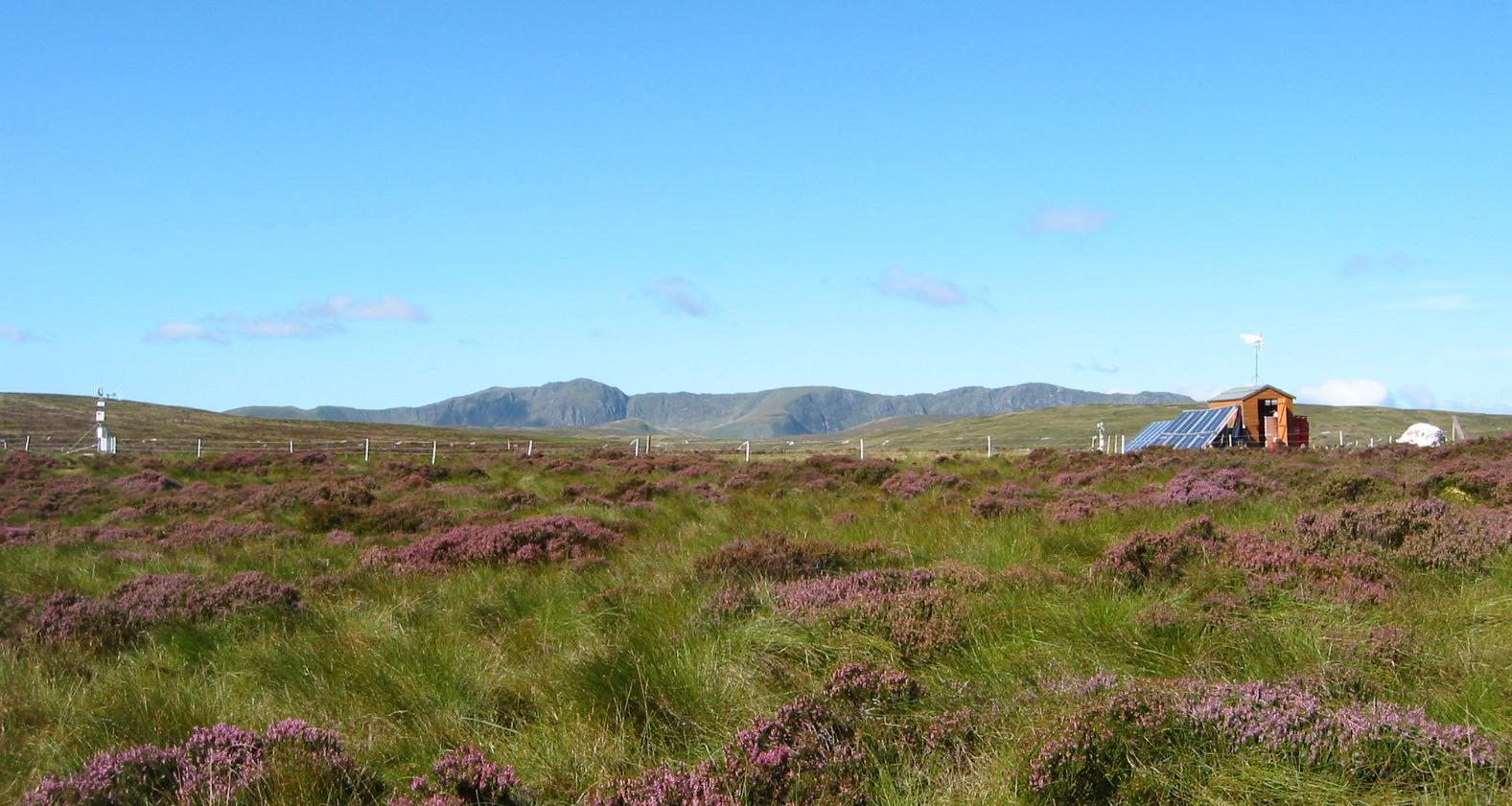
Peatland-ES-UK
Restoration of blanket bog vegetation for biodiversity, carbon sequestration and water regulation
Context
Upland heathlands in the UK represent vital carbon stores and harbour biodiversity of national and international importance. However, past management has caused degradation and future climate change will further affect the resilience of key ecosystem processes and thus functions affecting many ecosystem services. Crucial aspects are carbon storage, greenhouse gas budgets, biodiversity and water storage and drinking water provisioning. However, the underlying reasons for ecosystem degradation are complex consisting mainly of drainage, over grazing and also fire impacts.
Currently there is a heated debate around using prescribed fire as a management tool to maintain these peatland habitats and their ecological function, especially on heather-dominated areas. There is a clear lack of our understanding and very limited scientific evidence comparing different management tools (i.e. burning vs alternative cutting or no management), especially considering short- vs. long-term impacts, plot vs landscape scale and risks due to increased wildfire risk under climate change scenarios.
This project was set up by Defra and Natural England to address these evidence gaps and contribute to informing future land use policy.
Aims and Objectives
- Provide in depth understanding of heather management implications on key ecosystem services related to biodiversity, carbon, greenhouse gases and water.
- Provide a cost benefit analysis based recommendation on the most feasible and best management regime for heather dominated blanket bogs, particularly in respect to environmental implications.
- Achieve increased awareness of the ecosystem functioning and services provided by blanket bogs among stakeholders such as landowners, managers and associated user groups.
The unique approach in this project is the at three sites replicated Before-After Control-Impact (BACI) catchment-scale design comparing controlled heather burning vs cutting and including further management options (no management and Sphagnum planting) with plot-level replicates. The objective is to provide a crucial long-term dataset suitable to address these aims.
Related links
To find out more visit the Peatlands-ES-UK website
Dr Andreas Heinemeyer, SEI York and Department of Environment and Geography
Assoc. Prof Andreas Heinemeyer, SEI York and Department of Environment and Geography
Defra & Natural England (Phase 1: 2012-2017)
Multiple funders (Phase 2: 2017-2022;see External Partners)
Further funding is currently secured.
Natural England
Yorkshire Peat Partnership
Yorkshire Water
United Utilities
Heather Trust
Moorland Association
British Association for Shooting and Conservation
Ecological Continuity Trust (BES)
Results are available as part of the Phase 1 (BD5104) - Defra Report.
Publications are also available here: https://www-users.york.ac.uk/~ah126/AH_webpub.html
Related links
To find out more visit the Peatlands-ES-UK website